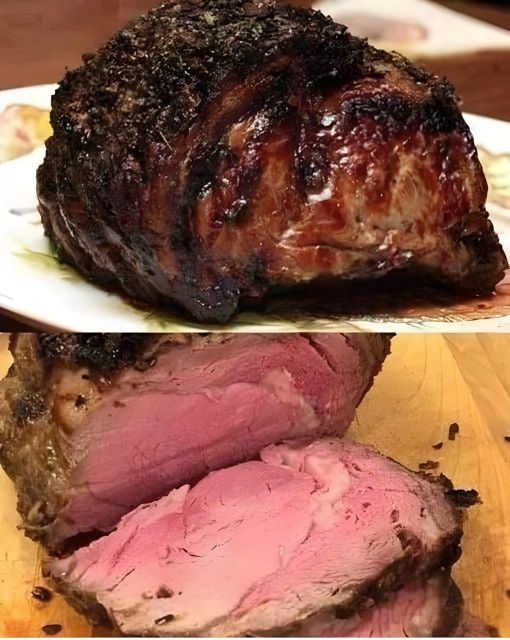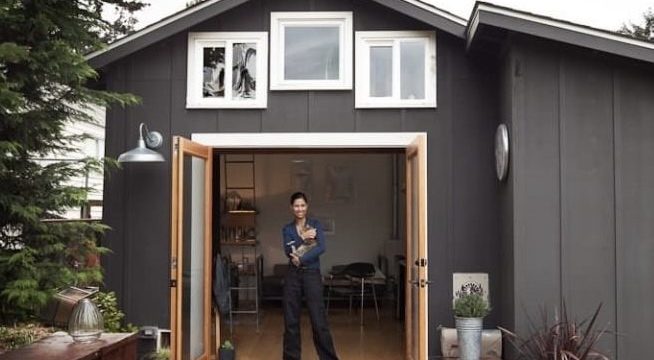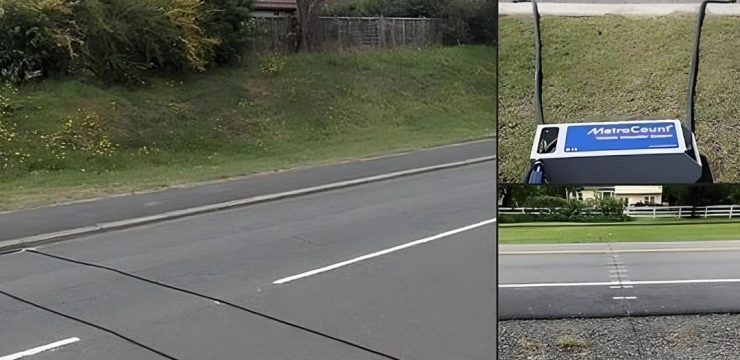When we think about a rich and savory meal that leaves a lasting impression, prime rib undoubtedly comes to mind. Known for its tenderness, juicy texture, and deep flavor, mastering the art of cooking prime rib can turn any gathering into an extraordinary dining experience. Recently, my 15-year-old daughter took on the challenge of preparing this iconic dish, and she absolutely nailed it! Let’s take a moment to appreciate her dedication to crafting the perfect prime rib and perhaps give you some tips to create your own masterpiece.

Choosing the Perfect Prime Rib: A Key to Success
The journey to a mouthwatering prime rib starts with selecting the right cut of meat. For this recipe, it’s essential to choose a bone-in prime rib roast that weighs between 6-8 pounds. Why bone-in? Because the bone not only contributes to the overall juiciness of the meat but also infuses it with more flavor during the roasting process. Opting for a high-quality cut will set the stage for a truly special meal.
Prepping for Prime Rib Perfection
Seasoning is the next crucial step in making your prime rib unforgettable. Before you start cooking, prepare the meat by rubbing it with 2 tablespoons of olive oil, generously seasoning it with salt and pepper, and for an extra punch of flavor, insert a few garlic cloves into the roast. A paring knife will help make small cuts in the meat, where the garlic cloves can be tucked in to enhance the taste from the inside out.
This simple preparation step makes all the difference in how the final product turns out, adding layers of flavor that will wow your guests.
Roasting the Prime Rib: Step by Step to Culinary Glory
Cooking the perfect prime rib isn’t just about the ingredients—it’s also about the technique. Start by preheating your oven to 500°F (260°C), a high heat that’s crucial for forming a beautifully caramelized crust on the meat. Place the prime rib on a roasting rack in a pan, and give it another generous rub with olive oil, salt, and pepper. For those who enjoy a burst of garlic flavor, now’s the time to add in those cloves.
To lock in the juices and seal the exterior, roast the prime rib at 500°F for the first 15 minutes. After this initial searing, reduce the oven temperature to 325°F (160°C) to allow the roast to cook more slowly and evenly.
Achieving the Perfect Doneness: Timing Is Everything
One of the biggest challenges in cooking prime rib is hitting that sweet spot for doneness. Whether you prefer medium-rare or well-done, the secret lies in using a meat thermometer to get an accurate reading. Here are the key internal temperatures you need to know:
- Medium-rare: 135°F (57°C)
- Medium: 140°F (60°C)
- Well-done: 150°F (66°C)
Once your prime rib reaches the desired temperature, remove it from the oven and let it rest for 15-20 minutes. This resting period is essential, as it allows the juices to redistribute throughout the roast, making every slice tender and succulent.
The Result: A Prime Rib to Remember
With these steps, my daughter created a prime rib that was not only tender and flavorful but also a dish we’ll be talking about for a long time. Whether you’re cooking for a holiday celebration or simply want to elevate a family meal, following this guide ensures that your prime rib will turn out perfectly every time.
And don’t forget—if a 15-year-old can master this, so can you! So why not give it a try and see how this crown jewel of meats can brighten up your next gathering?





